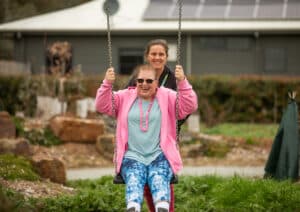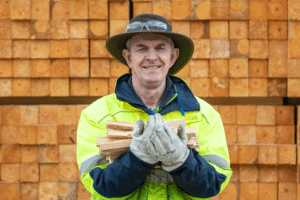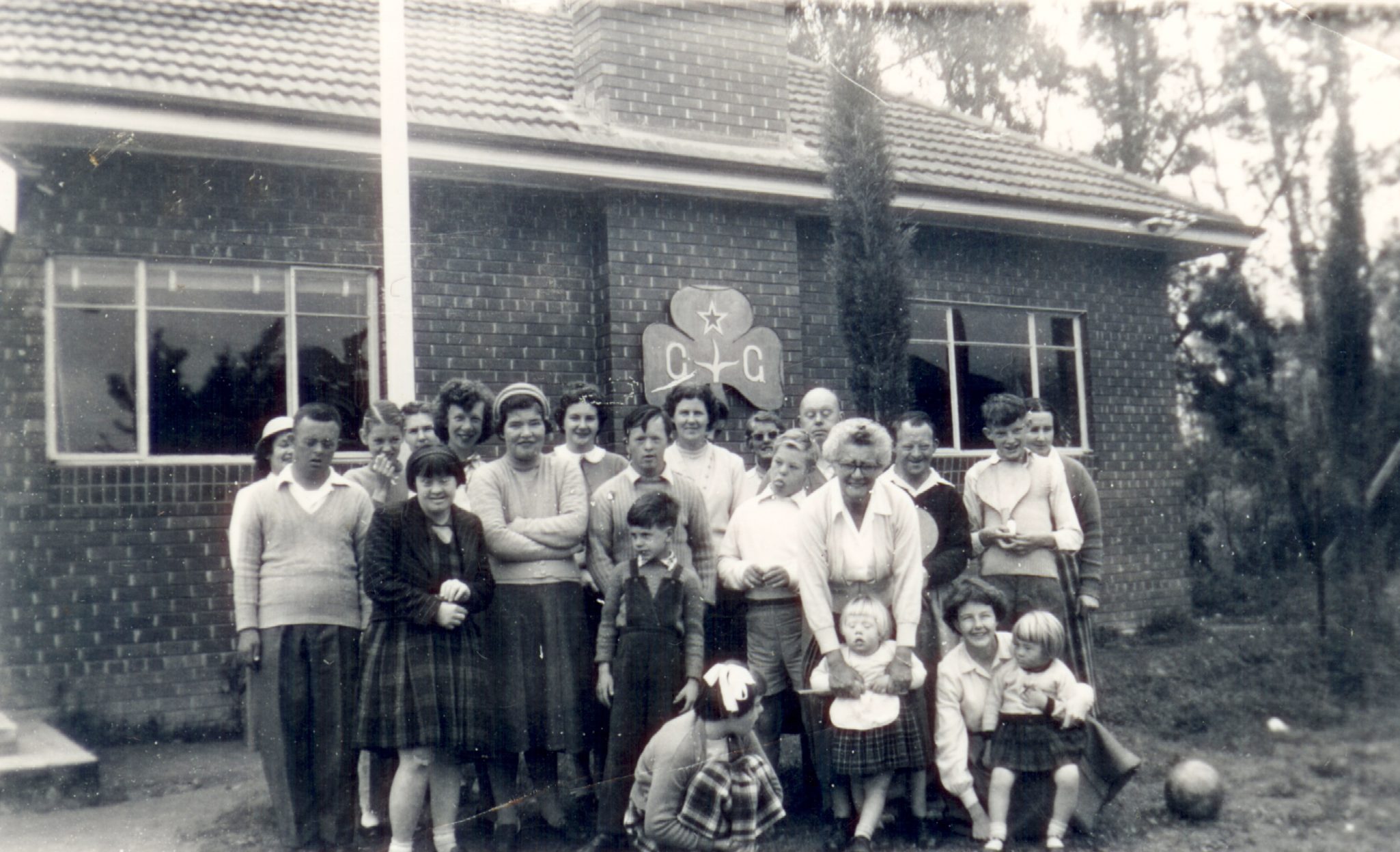In the early 1920s, there was a lot of stigma around people with disabilities; they were seen as being defective, deficient or abnormal, as something shameful that had to be hidden away so they wouldn’t offend other members of the community.
During this time, people with disabilities were kept locked up inside their homes or confined in institutions where their physical needs may have been met but their intellectual and social stimulation was not. There was no support or help for parents or for people with disabilities themselves. They had no reassurance about their future or about their ability to cope.
Parents who had a child with a disability barely received any support; if they did, it was from their own families or church. Many families had to travel to Sydney to consult with specialists or for support. However, many families could not afford this or even the accommodation in the city. Because families could not receive support and barely spoke to other families with a child with a disability, it put a lot of strain and stress on not only the families but also the child themselves.
In 1927 the NSW Department of Education launched its first special school at Glenfield Sydney. By 1957 there were fourteen centres for children with disabilities in the state, including Goulburn. But still, there were no facilities in Wagga Wagga or societies to help these families.
In 1957 Crescent School for children with disabilities was opened in Goulbourn and had been built with the assistance of the Rotary Club, the NSW Department of Education had also donated material from an unoccupied School, and Goulburn city council had provided three-quarters of an acre of land. Then not two weeks later, a branch of the Sub-Normal Children’s Association had also been formed in Griffith.
Reverend Peter Rudge couldn’t understand how a town the size of Griffith had established an organisation and was planning to build a school, yet a city the size of Wagga Wagga appeared to be blind to the pressure in the community of many children and adults with disabilities. Reverend Peter Rudge was the first person to bring up the need for an organisation in Wagga Wagga that would help assist parents of children with disabilities.
One of the first people Reverend Peter Rudge approached was John Coiser, a lecturer at the Wagga Wagga Teachers College. Reverend Peter Rudge declared to John that something needs to be done about children with disabilities in Wagga Wagga. He also approached Amy and Bill Hurd and their friend Ada Robinson who was a former nurse at the Wagga Wagga Base Hospital. Dr John Storey, a doctor at the Wagga Wagga Base Hospital, also became involved.
The six of them met in February 1957 and got the ball rolling. Amy and Bill urged parents of children with disabilities to overcome their natural reticence and make the initial move, hoping this would earn a reasonable measure of community support. Reverend Peter Rudge also brought the problem up to a group of young Anglicans at St Paul’s Church.
On the 20th of March 1957, fifteen interested people met to make preliminary plans to help children with disabilities and their families. This included Reverend Peter Rudge, Amy and Bill Hurd, Dr Storey, Ada Robinson, Hazel Jean Gammage an occupational therapist at Wagga Wagga Base Hospital, Frank Dowd from the department of social services who had a child with a disability, the Pickering’s and Reverend E.A. Bennett and other parents with children who had a disability.
A public meeting was then held on the 17th of April, 1957; fifty people attended the meeting, which was chaired by the Mayor, Ivan Jack, at Council Chambers. A society was formed in Wagga Wagga with the objectives to 1. Establish a minding centre 2. To investigate the appointment of a fully trained teacher when funds were available, and 3. To plan, as a long-term objective, to cater for the older retarded children in some form of a boarding establishment. This society was called ‘Society for the Welfare of Retarded Children’, now known as ‘Kurrajong’.







